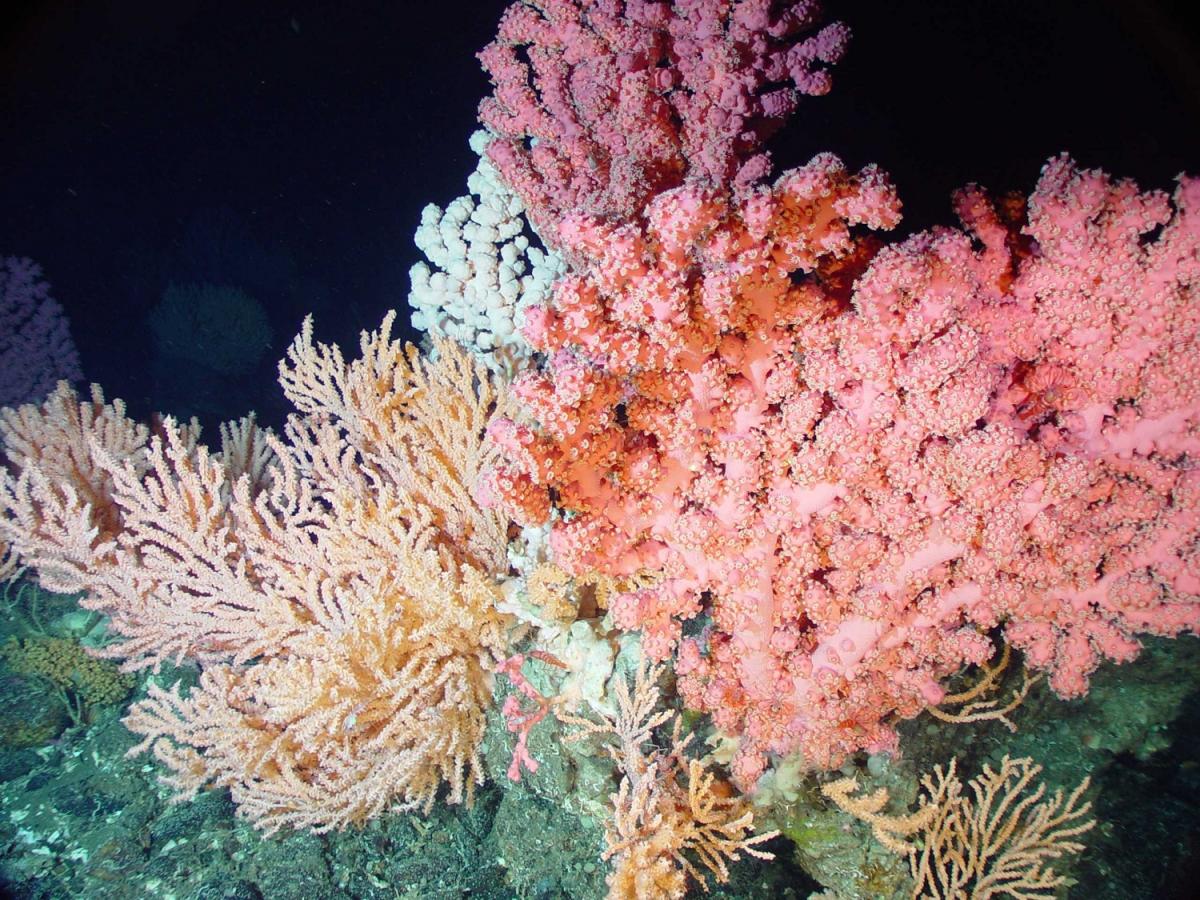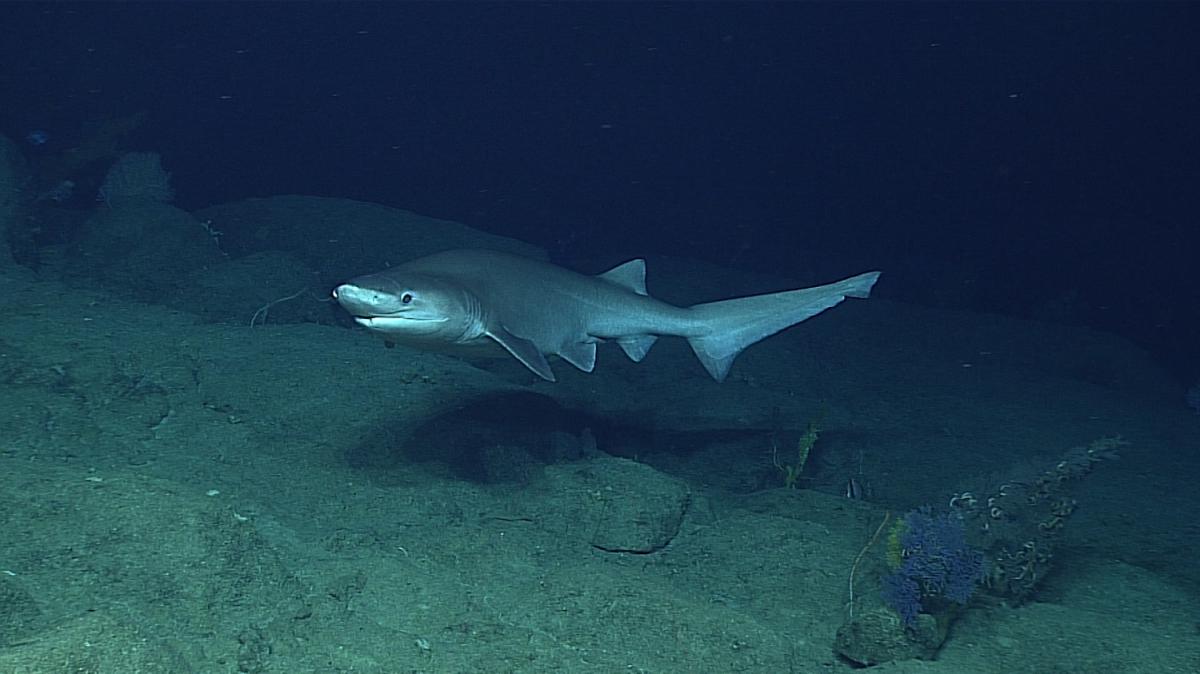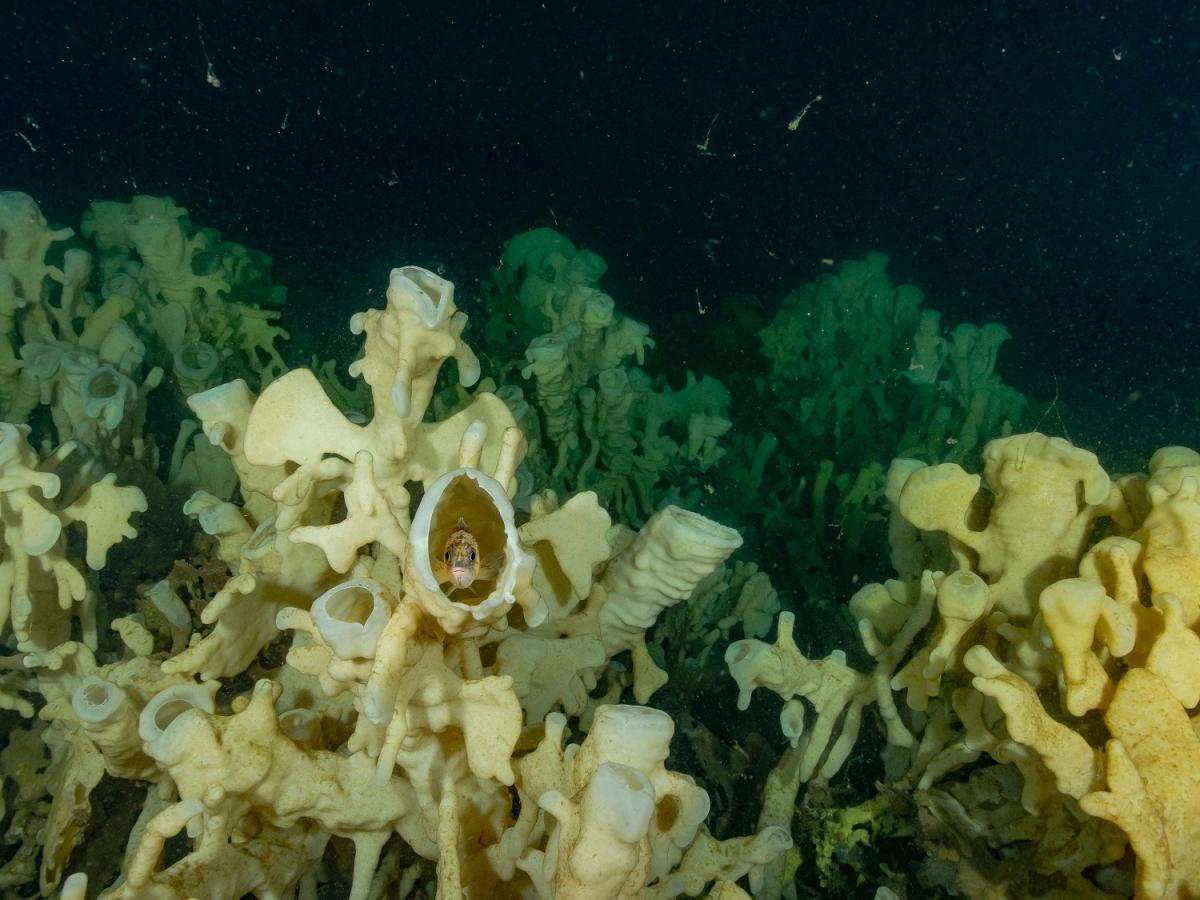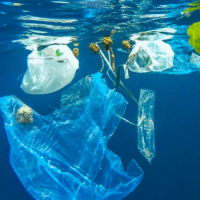February 3, 2017
Five Species That Make Canada’s Coastal Waters Look Like a Tropical Paradise
Estimated reading time: 0 minutes
When dreaming of the ocean, many of us think of warm turquoise-blue waters, white sandy beaches and a tropical breeze. But don’t discount the northern shores of Canada: you can find a taste of the tropics here, too. Canada’s coastal waters are home to many species that are associated with life near the equator, like sea turtles, coral, sharks, dolphins and sponges.
Sea turtles
All species of sea turtles lay their eggs on tropical beaches, but many are also highly migratory and love visiting the north. Leatherback sea turtles, for example, travel far distances every summer to feed on the large numbers of jellyfish that can be found off the coasts of Nova Scotia and Newfoundland.

Loggerhead sea turtle, Credit: NOAA
Coral
Yes it’s true – Canada has coral! The coral in the northern hemisphere are really unique. Cold water coral are able to live in dark, deepwater environments because, unlike their tropical cousins, they do not have symbiotic algae living inside their cells and therefore do not need sunlight to produce energy. The polyps, or multiple individual animals living in each coral, tend to be much bigger than tropical coral polyps because of this, as they feed and create energy solely by capturing food particles and small organisms living in the water.

Bubblegum coral, Credit: Fisheries and Oceans Canada
Dolphins
There are 10 species of dolphins and porpoises that can be found in Canadian water at certain times of the year. The harbour porpoise and Risso’s dolphin visit both the Atlantic and Pacific coasts. On the Atlantic coast, you can find the Atlantic white-sided dolphin, the white-beaked dolphin, and the common dolphin, while on the Pacific coast, there is the Dall’s porpoise, the Pacific white-sided dolphin, and the Northern right whale dolphin.

Risso’s dolphin, credit: Flickr user John K
Sharks
Many Canadians aren’t aware of the fact that we have sharks in our waters. In fact, 28 different species have been reported! Common species of shark found in Atlantic Canada include: basking sharks, blue sharks, porbeagles, shortfin makos, Greenland sharks, common thresher sharks, black dogfish, deepwater catsharks, and spiny dogfish. Rare visitors to the Atlantic coast include: dusky sharks, oceanic whitetip sharks, great white sharks, longfin makos, tiger sharks, sand tiger sharks, smooth hammerhead sharks, whale sharks, Atlantic sharpnose sharks, great lanternsharks, Portugese dogfish, and smooth dogfish. Common sharks found in Canada’s Pacific Ocean include: salmon sharks, brown catsharks, blue sharks, Pacific sleeper sharks, tope, sixgill sharks, and spiny dogfish. More rare visitors to the Pacific coast of Canada include basking sharks, great white sharks, common thresher sharks, bigeye thresher sharks, shortfin mako, and broadnose sevengill sharks.

Six gill shark, credit: NOAA
Sponges
Cold water sponges also make their home off of Canada’s shores. They live in deeper waters and along the continental shelf and other sloping areas like canyon walls. These areas have strong currents and lots of ocean upwelling, which brings up nutrients from the deep sea and providing lots of food for the sponges to feed. That’s right, we said feed! Although sponges may look like plants, they are actually animals and are one of the world’s oldest living multi-celled organisms. They feed by pumping sea water through their bodies, capturing microscopic organisms and detritus (dead and decaying plant and animal matter) to eat and expelling water through the centre of their body.

Glass sponge reef, credit: Province of British Columbia
MOST RECENT
March 6, 2025
February 3, 2025
January 22, 2025
Celebrating New Beginnings in 2025: Four Right Whale Calves Spotted Off Florida Coast
January 10, 2025
December 30, 2024
OPINION: Learning from Climate Inaction Canada Must Lead the Fight Against Plastic Pollution

